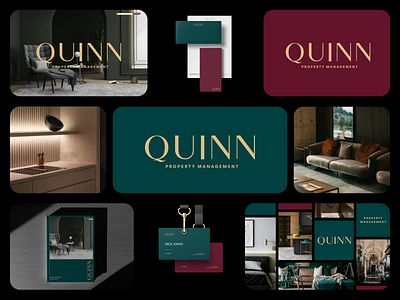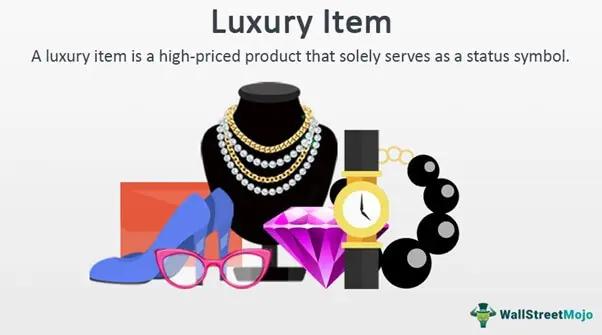Alva Rudall
Blog entry by Alva Rudall
 Han general Ban Chao led an military of 70,000 mounted infantry and light cavalry troops in the first century CE to secure the trade routes, reaching far west to the Tarim Basin. Trade between East and West additionally developed throughout the Indian Ocean, between Alexandria in Egypt and Guangzhou in China. The Tang dynasty established a second Pax Sinica, and the Silk Road reached its golden age, whereby Persian and Sogdian merchants benefited from the commerce between East and West. Both the Old Book of Tang and New Book of Tang, protecting the history of the Chinese Tang dynasty (618-907), file that a brand new state referred to as Fu-lin (拂菻; i.e. Byzantine Empire) was nearly equivalent to the earlier Daqin (大秦; i.e. Roman Empire). However, the History of Yuan claims that a Byzantine man grew to become a leading astronomer and physician in Khanbaliq, at the courtroom of Kublai Khan, Mongol founding father of the Yuan dynasty (1271-1368) and was even granted the noble title 'Prince of Fu lin' (Chinese: 拂菻王; Fú lǐn wáng). Several Fu-lin embassies have been recorded for the Tang interval, beginning in 643 with an alleged embassy by Constans II (transliterated as Bo duo li, 波多力, from his nickname "Kōnstantinos Pogonatos") to the court docket of Emperor Taizong of Tang.
Han general Ban Chao led an military of 70,000 mounted infantry and light cavalry troops in the first century CE to secure the trade routes, reaching far west to the Tarim Basin. Trade between East and West additionally developed throughout the Indian Ocean, between Alexandria in Egypt and Guangzhou in China. The Tang dynasty established a second Pax Sinica, and the Silk Road reached its golden age, whereby Persian and Sogdian merchants benefited from the commerce between East and West. Both the Old Book of Tang and New Book of Tang, protecting the history of the Chinese Tang dynasty (618-907), file that a brand new state referred to as Fu-lin (拂菻; i.e. Byzantine Empire) was nearly equivalent to the earlier Daqin (大秦; i.e. Roman Empire). However, the History of Yuan claims that a Byzantine man grew to become a leading astronomer and physician in Khanbaliq, at the courtroom of Kublai Khan, Mongol founding father of the Yuan dynasty (1271-1368) and was even granted the noble title 'Prince of Fu lin' (Chinese: 拂菻王; Fú lǐn wáng). Several Fu-lin embassies have been recorded for the Tang interval, beginning in 643 with an alleged embassy by Constans II (transliterated as Bo duo li, 波多力, from his nickname "Kōnstantinos Pogonatos") to the court docket of Emperor Taizong of Tang.
In 568, the Byzantine ruler Justin II was greeted by a Sogdian embassy representing Istämi, ruler of the first Turkic Khaganate, who formed an alliance with the Byzantines towards Khosrow I of the Sasanian Empire that allowed the Byzantines to bypass the Sasanian merchants and commerce straight with the Sogdians for purchasing Chinese silk. Looking for a designer who might convey the label to new heights, he persuaded Karl Lagerfeld to finish his contract with fashion house Chloé. In 1986, the House of Chanel struck a deal with watchmakers and in 1987, the primary Chanel watch debuted. Chanel continued to broaden in the United States and by December 2002, operated 25 U.S. The Silk Road gave rise to the clusters of military states of nomadic origins in North China, ushered the Nestorian, Manichaean, Buddhist, and later Islamic religions into Central Asia and China. Some studies point out that the Black Death, which devastated Europe starting within the late 1340s, could have reached Europe from Central Asia (or China) alongside the commerce routes of the Mongol Empire. One theory holds that Genoese traders coming from the entrepôt of Trebizond in northern Turkey carried the disease to Western Europe; like many other outbreaks of plague, there is strong evidence that it originated in marmots in Central Asia and was carried westwards to the Black Sea by Silk Road traders.
The Silk Road commerce didn't promote solely textiles, jewels, metal and cosmetic, but also slaves, connecting the Silk Road slave commerce to the Bukhara slave trade as nicely as the Black Sea slave commerce, particularly slave ladies. Sogdiana (modern Bukhara), east of the Oxus River, on the Polytimetus River, was apparently probably the most easterly penetration ever made by Roman forces in Asia. The Islamic world expanded into Central Asia through the 8th century, under the Umayyad Caliphate, while its successor the Abbasid Caliphate put a halt to Chinese westward growth on the Battle of Talas in 751 (close to the Talas River in fashionable-day Kyrgyzstan). The growth of Scythian cultures, stretching from the Hungarian plain and the Carpathian Mountains to the Chinese Gansu Corridor, and linking the Middle East with Northern India and the Punjab, undoubtedly played an essential position in the event of the Silk Road. The Mongol growth all through the Asian continent from around 1207 to 1360 helped convey political stability and re-established the Silk Road (through Karakorum and Khanbaliq).
 From 1700 to 1765, the full export of Persian silk was completely carried out by Armenians. Because the Japanese authorities invoked voluntary export restraints, it grew to become simpler for automakers to export fewer but more expensive automobiles to the U.S. By the late 1990s, Hermès continued extensively to diminish the variety of franchised stores, buying them up and opening extra firm-operated boutiques. And, overall, the collection of Hermès items expanded in 1990 to incorporate over 30,000 pieces. Chanel has partnered with associates and ambassadors through the years including notable actors, musicians, and other artists: Jennie, Angèle, Whitney Peak, Caroline de Maigret, Margaret Qualley, Victoria Song, Wang Yibo, Minji,Go Youn-jung, Lily-Rose Depp, Keira Knightley, Kristen Stewart, Marion Cotillard, Nicole Kidman, and Penélope Cruz. If you liked this short article and you would like to receive additional facts about Best Designer Handbags (Https://Www.Tumblr.Com/) kindly go to our own web site. The scheduled closure of Ford's Australian manufacturing base in 2016 was confirmed on May 23, 2013. Headquartered within the Victorian suburb of Broadmeadows, the corporate had registered losses worth AU$600 million over the 5 years prior to the announcement.
From 1700 to 1765, the full export of Persian silk was completely carried out by Armenians. Because the Japanese authorities invoked voluntary export restraints, it grew to become simpler for automakers to export fewer but more expensive automobiles to the U.S. By the late 1990s, Hermès continued extensively to diminish the variety of franchised stores, buying them up and opening extra firm-operated boutiques. And, overall, the collection of Hermès items expanded in 1990 to incorporate over 30,000 pieces. Chanel has partnered with associates and ambassadors through the years including notable actors, musicians, and other artists: Jennie, Angèle, Whitney Peak, Caroline de Maigret, Margaret Qualley, Victoria Song, Wang Yibo, Minji,Go Youn-jung, Lily-Rose Depp, Keira Knightley, Kristen Stewart, Marion Cotillard, Nicole Kidman, and Penélope Cruz. If you liked this short article and you would like to receive additional facts about Best Designer Handbags (Https://Www.Tumblr.Com/) kindly go to our own web site. The scheduled closure of Ford's Australian manufacturing base in 2016 was confirmed on May 23, 2013. Headquartered within the Victorian suburb of Broadmeadows, the corporate had registered losses worth AU$600 million over the 5 years prior to the announcement.